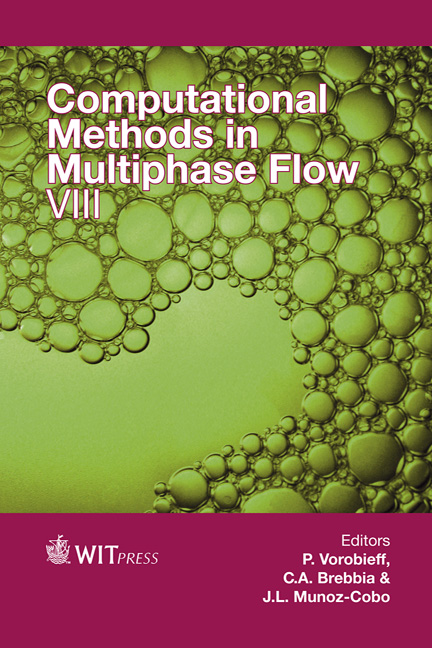Three-dimensional Simulation Of The Impregnation Stage Of The RTM Process Considering The Local Structure Of The Fiber Layup
Price
Free (open access)
Transaction
Volume
89
Pages
13
Page Range
487 - 499
Published
2015
Size
2,546 kb
Paper DOI
10.2495/MPF150411
Copyright
WIT Press
Author(s)
N. Wegh, S. Bachschuster, D. Gaudlitz, M. Klein
Abstract
This paper focuses on the simulation of the impregnation stage of the Resin Transfer Moulding (RTM) process. RTM is a method of producing composite structures by binding the fiber preform with resin within a closed mould. A fiber layup consists of layers of textiles, which may have different material properties. As a result of placing the fiber layup into the mold, the textile layers get deformed and distorted. A key influencing parameter for the resin flow is the textile permeability, which is coupled to the fiber volume ratio (FVR) and is anisotropic in general. Affected by the deformation and distortion, the FVR can vary from nearly zero to a value of approximately 0.6. Therefore volume-averaged Navier–Stokes equations with variable FVR are developed. The resistance to the flow through the fiber materials, which are modeled as a porous media, is given by Darcy’s law. For predicting the macroscopic permeability, a unit-cell impregnation model is introduced. This model takes into account the mesoscopic structure of the porous media, i.e. the roving layout. Since the permeability of a fiber preform is direction-dependent, a transformation with respect to the local fiber orientations of the considered technical component is performed. This implementation allows a three-dimensional simulation of the impregnation stage of the RTM process taking into account the modification of the fiber layup caused by placing it into the mold. The required input will be provided by an external drape simulation, which is however not part of this work. Results will be presented for a eninge bonnet like geometry.
Keywords
Resin Transfer Moulding (RTM), permeability, multi-scale modelling, unit-cell, volume averaging method, fabric/textiles





